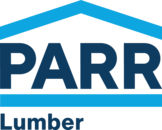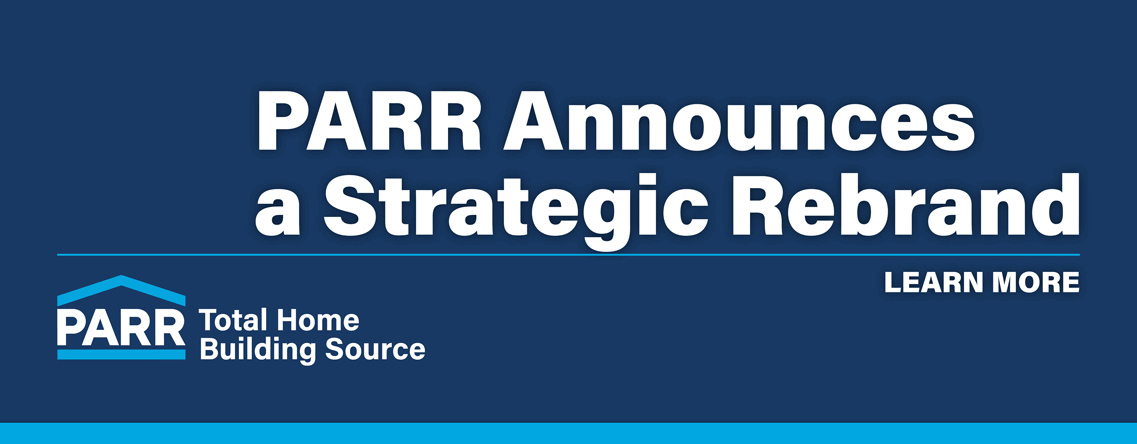The number one scariest reason why we shy away from installing kitchen cabinet hardware is the fear it will turn out crooked and uneven. It’s a valid point. You don’t want to drill unnecessary holes into your drawer fronts, only to stand back and discover you messed up. And then knowing you’ll have to learn how to patch, sand and paint over your mistake and then start all over again. There is a simple solution to this dilemma, and it’s called a template. Not only does it save time, but it also only costs a couple bucks. Cabinet drawer and door templates have several pre-defined options that can accommodate a large range of different sizes of knob and pulls for installation. But before you get started, you’ll need to gather your supplies.
Supplies
- Drill and a 3/16″ bit
- 8/32″ screws (These are standard size)
- Drawer and door Template
- Thread sealant
- Knobs and pulls
- Pencil
- Painter’s tape
- Screwdriver
Steps to install kitchen cabinet hardware
- With template in hand, hold it up to the door and or drawer front and determine where you want your hardware placed. Mark the spot with a pencil. Do not use a permanent marker in case you change your mind.
- Standard locations for a doorknob is 2 1/2 inches to 3 inches from the bottom corner of the door. On drawer and cabinet door pull outs, most are typically centered on the drawer front, but it is common to install them on the upper part of the drawer front. If your drawer is 24″ wide or longer, install two pulls to accommodate its length.
- Before drilling, place a piece of painter’s tape on the backside of the door or drawer. This will prevent the wood from splitting.
- Also, before drilling, push a screw into the marked pencil center point dot to create a slight indentation. This will stop the drill from running. Running is when a drill derails from its intended path.
- Drill all the holes marked. Always used a drill bit that is slightly larger than your cabinet screw and then remove all tape.
- Thread the hardware screw from the back to the front.
- Before attaching your hardware, add a small amount of thread sealant on the exposed tip of the screw. Loctite is a good product to use. This will prevent your hardware from spinning or getting loose over time.
Selecting kitchen cabinetry hardware can be overwhelming. What size do you choose? What finish? What style? And how about cost? Not to worry, the experts at any PARR Design Center location are happy to educate and answer all your questions and help you pick out the perfect drawer and door hardware from the wide selections PARR offers.
Don’t have a cabinet drawer/door template on hand? Watch PARR Weekend Warriors, Redo with Q: Installing Kitchen Hardware the Easy Way as Cohosts, Corey Valdez and Tony Cookston teach homeowner Shannon Quimby how to DIY a template with a couple pieces of wood.
Shannon Quimby is an internationally acknowledged salvage designer, television personality, author, DIY expert and photo stylist. She’s a national field editor for Better Homes & Gardens and an HGTV alumni. For the past 25 years NBC, CBS, ABC, and FOX broadcasts have featured her work. Currently, you can see Shannon’s DIY’s and design ideas on “Create with Quimby” on CW KOIN News AM Extra
Subscribe and follow her latest building and remodeling project, Hoffs Homestead; a community of homes new and old on:

